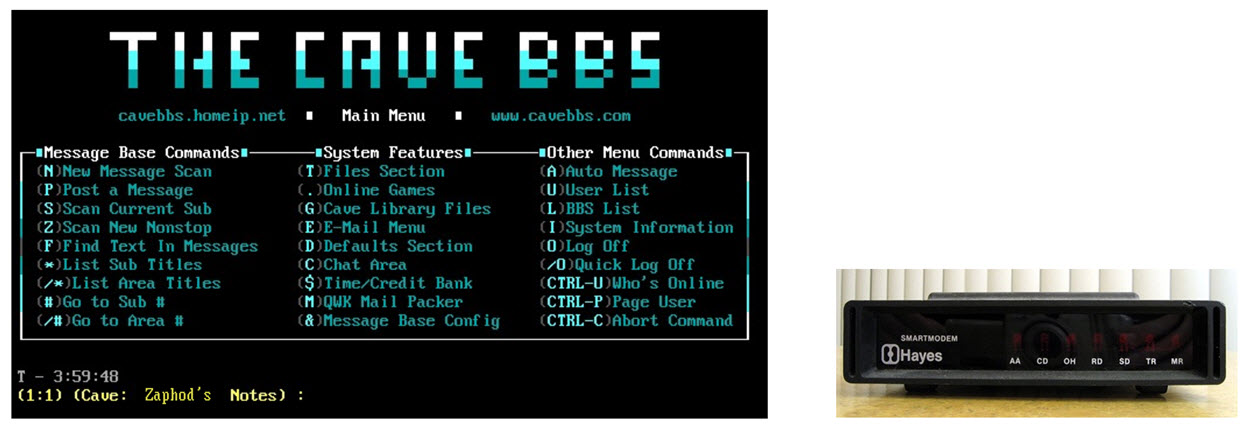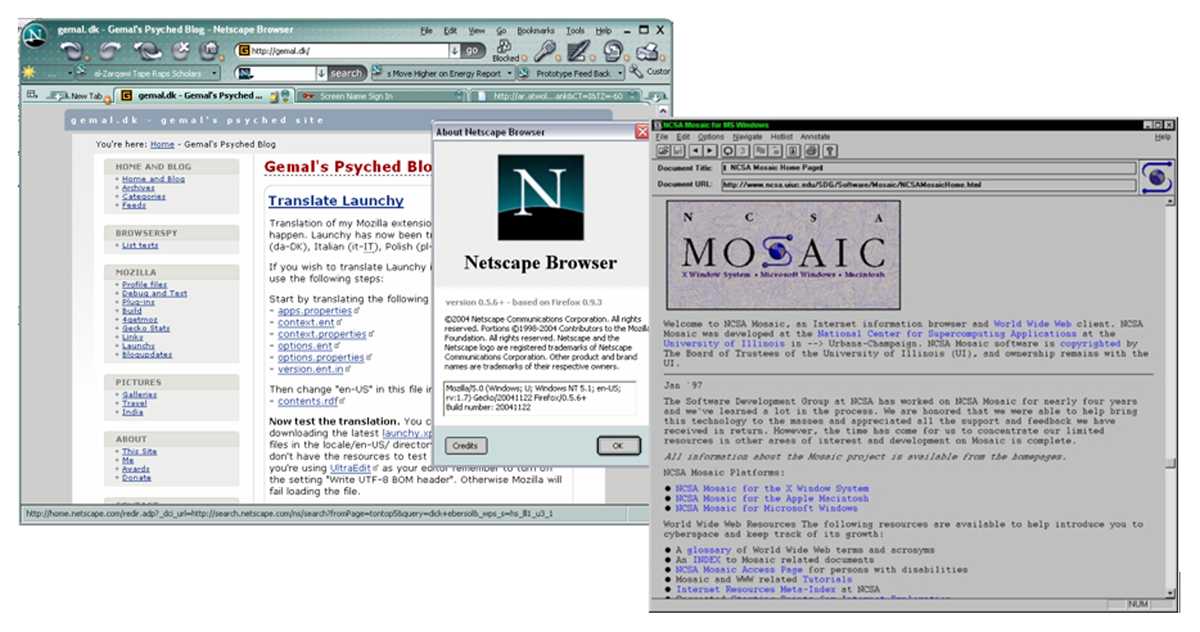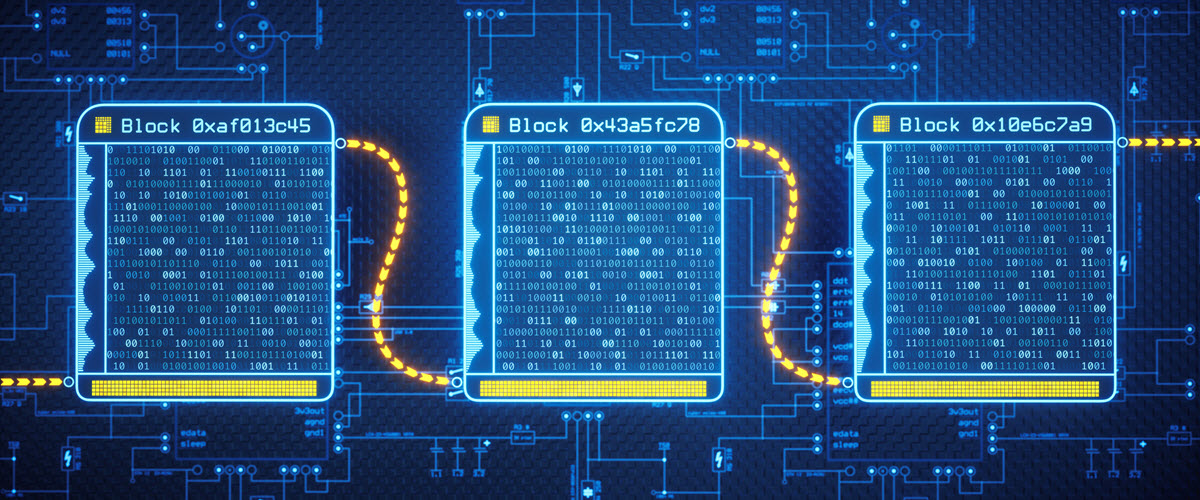What is Web3 and how does it relate to the metaverse?
This is the first blog in a three-part series around the evolution of the World Wide Web, how it may evolve into the metaverse and what networking requirements will be necessary to support it. Read part 2 here: Making the metaverse feel real: the key characteristics and challenges.
It’s hard to believe the World Wide Web (WWW) has been around for more than 30 years. Few can argue how the Internet and the Web have changed our lives over those years, from the way we work to the way we learn. The pandemic showed us how vital staying connected is for personal, business, and educational reasons. But the Web has evolved over those years, and there are now three distinct phases: Web 1.0, Web 2.0, and Web3. The evolution of the Internet, the metaverse, is based on Web3 and its technologies.
Web 1.0: The read-only era
Web 1.0 was the first incarnation of the WWW and was invented by Tim Berners-Lee in 1989 for the purpose of sharing and distributing information between researchers and universities. The Internet had been around since the 1970s, and Bulletin Board Systems (BBSs) had begun providing connectivity to users by the late 1970s. BBSs, run mostly by hobbyists, allowed for uploading and downloading files, message boards, and could even display rudimentary ASCII-based graphics. Connectivity was provided by dial-up modems and was painfully slow by today's standards (300 or 1200 baud!)

Modem image is licensed under the Creative Commons Attribution-Share Alike 2.0 Generic license, Author Michael Pereckas from Milwaukee, WI, USA, free to share.
Berner-Lee invented HyperText Markup Language (HTML) as a standard to transfer information between browsers. The period from 1989 until around 2003 has been called Web 1.0 and is also referred to as the “read-only” era of the Web. The web pages of those days contained mostly static content, with hyperlinks to other pages. During that time, we as users consumed the information on web pages, but we rarely were able to interact with it.

As the Web browser began to make the Internet accessible to more people, several websites began to appear with all kinds of content. Like the BBSs that preceded them, websites were mostly independent and largely decentralized.
Web 2.0: The read/write era
With the introduction of higher-speed connectivity (more bandwidth), Web 2.0 was born. This is where we are today. Web 2.0 is referred to as the “read/write” era of the Web. It includes the dynamic and interactive content we're familiar with now: forms, controls, visual polish, images, and videos.
In contrast to Web 1.0, Web 2.0 has become much more centralized with the establishment of the Cloud dominated by several large players. Data about us has become the most important currency to some of the organizations that grow and maintain the Cloud. In a sense, we are the products of the Web, and our data is collected, organized, and sold to advertisers for huge profits.

Web3 is fully decentralized, with the belief that no one person, company, or government can completely control it. Decentralization takes several forms: blockchain (decentralized digital ledger), cryptocurrency (decentralized finance, or DeFi), non-fungible tokens (NFTs), decentralized autonomous organizations (DAOs), decentralized wireless (DeWi), decentralized apps (DApps) and decentralized storage (filecoin.)
In addition, Web3 is open (public blockchains), permissionless (no need for centralized intermediaries to approve transactions) and trustless (no need for centralized 3rd parties to provide authorization.)

The metaverse is often confused with being blockchains, cryptocurrencies, or Web3. These are all underlying technologies that may allow the metaverse to grow and flourish, but they are not equivalent. Additionally, there is no guarantee that Web3 will ultimately be the underpinnings to the evolution of the Internet. It is possible the metaverse will rise in a centralized architecture similar to today’s Internet.
In fact, defining exactly what the metaverse is – or will become – still stirs up quite a bit of debate in our industry. But that’s a topic of the next blog in this series. Regardless, the rich, dynamic, and interactive nature of Web3 and the metaverse is going to require faster networks, with more bandwidth and less latency, along with huge amounts of computational power and storage.
Ciena has already played a central role in enabling the Internet and Web 2.0. We were the first to commercialize dense wave multiplexing (DWDM) to extract large amounts of bandwidth from fiber. And for the last 20 years we have pioneered the use of coherent optical interfaces to enable another leap forward in usable bandwidth.
In essence, we enable the circulatory system of the Internet, and Ciena has grown to be a provider of the conduits that move the internet’s rivers of data around the world. Web3 and the metaverse will require yet another material jump in bandwidth and performance. That’s why Ciena is helping to assemble an ecosystem to meet the challenge of building a metaverse-ready network.
This is the first blog in a three-part series around the evolution of the World Wide Web, how it can become the metaverse, and the networking requirements necessary to support it. See part 2 here: Making the metaverse feel real: the key characteristics and challenges and part 3 here: Mean-time-to-cloud: Enabling a metaverse-ready network








